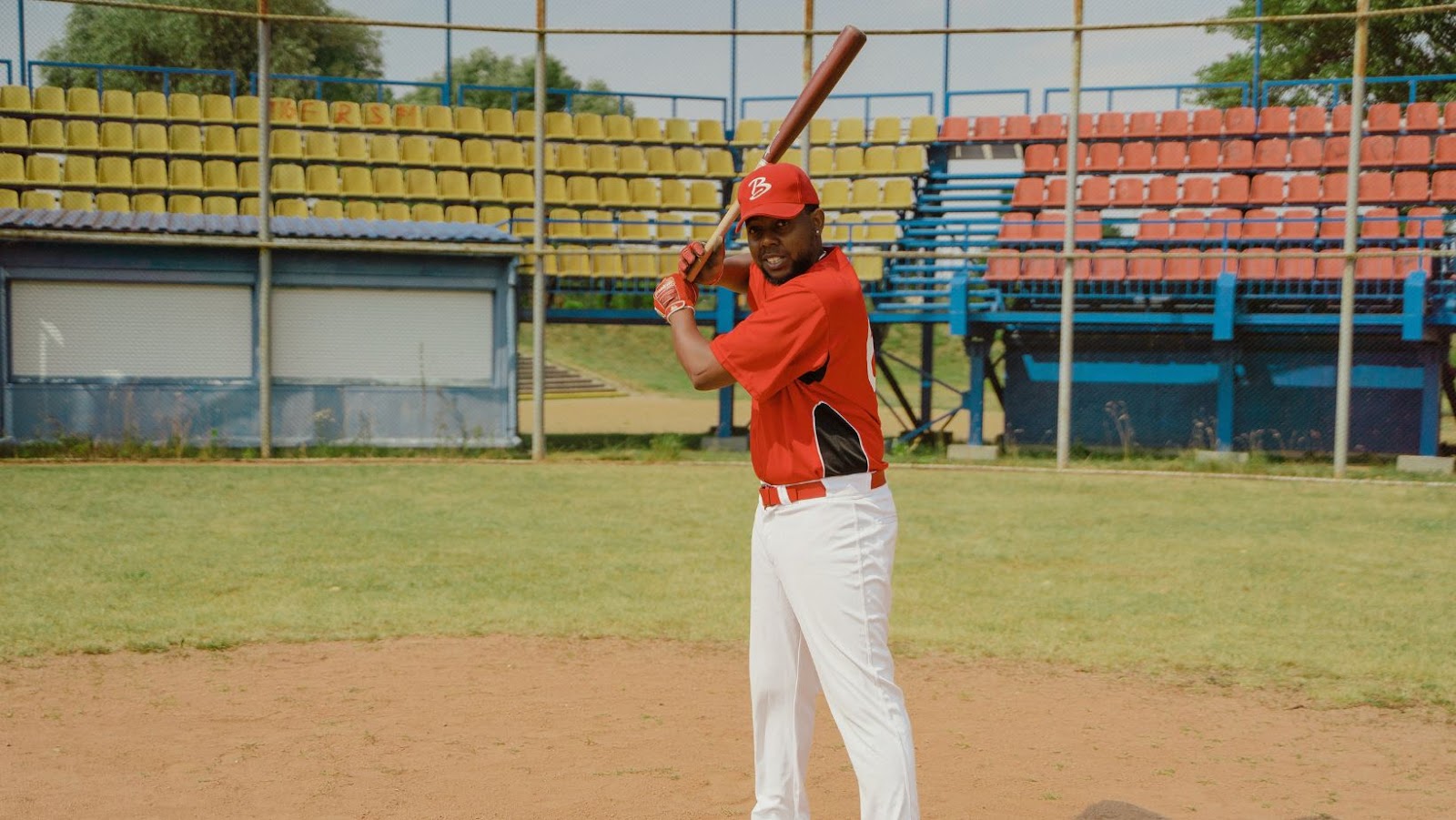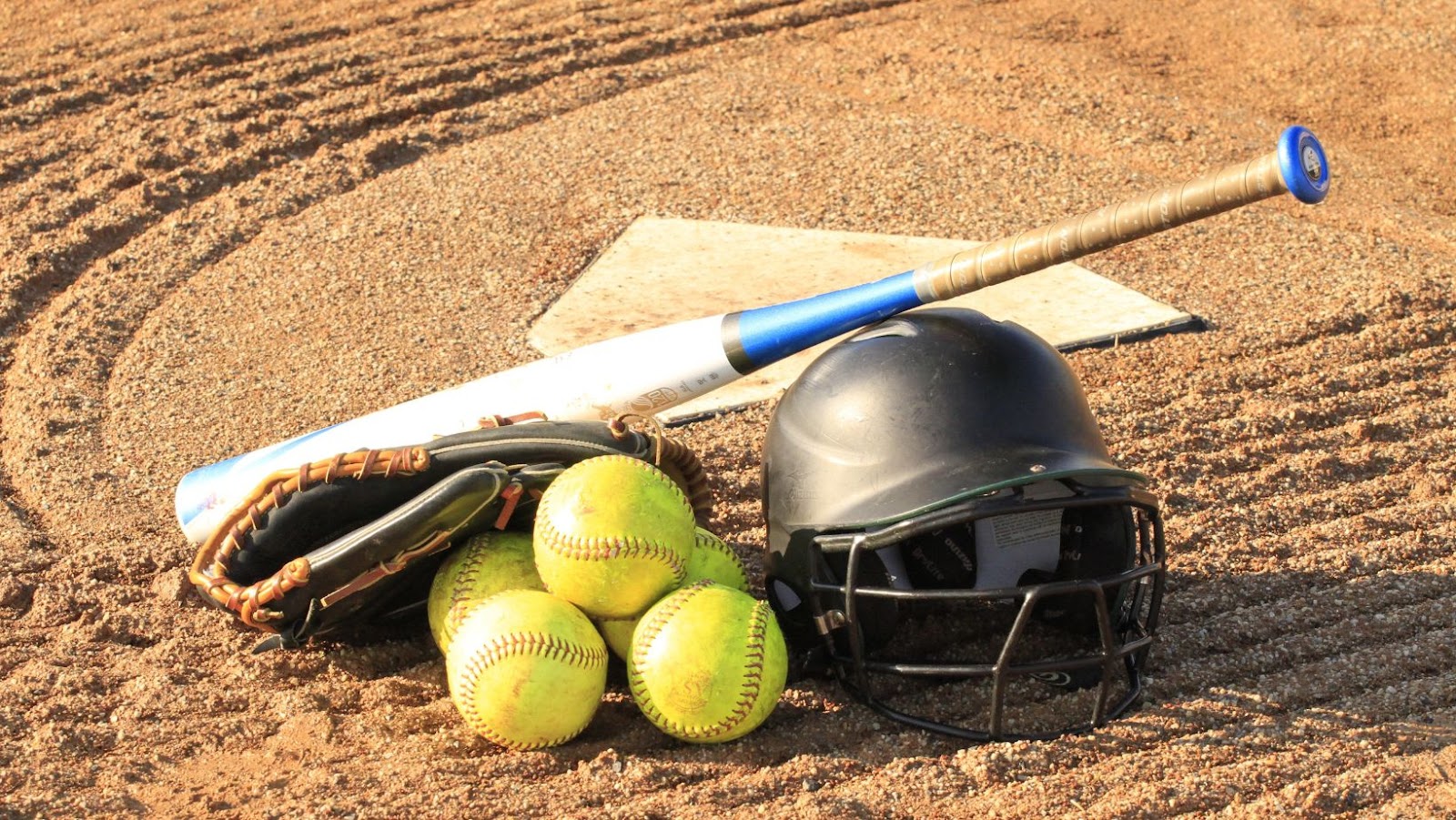Introduction
Choosing the right bat grip is an important part of playing baseball. The right bat grip will help you swing the bat with more power and control. There are many different types of bat grips available on the market, and it can be difficult to know which one is right for you. This guide will help you choose the right bat grip for your needs.
There are three main types of bat grips: tapered, flared, and straight. Tapered grips are narrower at the top and wider at the bottom. This provides a more comfortable grip for players with small hands. Flared grips are wider at the top and bottom and provide a more secure grip for players with large hands. Straight grips are uniform in width and provide a more balanced grip for players with average-sized hands.
When choosing a bat grip, you should also consider the material it is made from. Leather is the most common material used for bat grips, but synthetic materials can also be used. Leather grips are more comfortable but can be more difficult to clean. Synthetic grips are easier to clean but may not be as comfortable.
The size of your bat grip should also be considered when choosing a bat grip. Bat grips come in a variety of sizes, so it is important to choose one that is comfortable for you to hold. If you are unsure about what size bat grip to get, you can always ask your coach or a salesperson at a sporting goods store for help.
The Different Types Of Grip Available For Youth Baseball Bats
When it comes to choosing the right youth baseball bat, one of the most important things to consider is the grip. The grip is what allows you to hold the bat in your hand and swing it with the proper technique. There are a few different types of grip available for youth baseball bats. Let’s take a look at the different types of grip and how to choose the right one for your child.
Traditional Knob
The traditional knob is the most common type of grip on baseball bats. It is a cylindrical piece of rubber that fits over the top of the bat. The knob provides a comfortable grip for the player and helps to keep the hands from slipping when swinging.
End-Loaded
These bats have weight distributed more towards the bat’s “barrel end” or ” business end”. This added weight gives power hitters a little extra umph when making contact with a ball. The downside to these bats is that they can be difficult for smaller players to swing. If you are unsure if your child can handle the added weight, consult with their coach or a professional at the sporting goods store.
Balanced
There are three main types of grip available for youth baseball bats: balanced, end-loaded, and weight-balanced. The type of grip you choose will depend on your personal preferences and playing style.

Balanced bats have an evenly distributed weight throughout the bat, making them ideal for players who want to maintain control while swinging. End-loaded bats have more weight concentrated in the barrel of the bat, providing additional power for players who can generate high swing speeds. Weight-balanced bats have a small portion of their weight concentrated in the barrel, resulting in a lighter bat that is easier to swing.
How to Pick the Right Size Youth Baseball Bat
Before buying a youth baseball bat, it is important that you know the different types of grip that are available. The most common type of grip is the standard grip. This grip is typically used for players who are between the ages of 6 and 12. The next type of grip is the power grip. This grip is typically used for players who are between the ages of 12 and 18. The last type of grip is the comfort grip. This grip is typically used for players who are 18 and older.
Height
As a parent, you want to make sure your children have the best opportunity to succeed in whatever they put their minds to. That’s why it’s so important to make sure they have the proper equipment when playing sports like baseball. The grip is one of the most important aspects of a youth baseball bat, and there are several different types to choose from. Here is a breakdown of the different types of grip available for youth baseball bats:
-Grip 1: The Standard Grip
This is the most common type of grip for bats and is made from rubber or synthetic materials. It provides good traction and control, and is suitable for all batters.
-Grip 2: The No-Slip Grip
This type of grip is made from sticky materials like silicone, and provides a tight grip on the bat handle. It’s great for batters who have trouble gripping the bat, or for those who play in wet conditions.
-Grip 3: The cushioned Grip
This type of grip adds cushioning between the bat handle and your hand, making it more comfortable to hold. It’s ideal for players who have sensitive hands or who play in hot weather conditions.
-Grip 4: The ergonomic Grip
This type of grip is designed to fit comfortably in your hand, and can reduce fatigue during long games or practices. It’s perfect for players who have large hands or who need extra support when swinging the bat.
Weight
There are a few things to consider when purchasing a baseball bat. The first and most important is weight. You want a bat that is not too heavy or too light. The weight of the bat should be proportionate to the size and strength of the player. A bat that is too heavy will be difficult to swing and will not generate as much power. A bat that is too light may break easily.
The next thing to consider is grip. There are three types of grip available for youth baseball bats: synthetic, leather, and rubber. Synthetic grips are made of a plastic material and offer good grip and durability. Leather grips are made of, well, leather, and offer good grip and durability as well. Rubber grips are made of a rubbery material and offer good grip, but may not last as long as the other two options.

Finally, you’ll want to think about barrel size. Barrel size is important because it affects both swing weight (the amount of weight the bat has at the end of the barrel) and balance (the distribution of weight throughout the length of the bat). A larger barrel will result in a heavier swing weight, but better balance. A smaller barrel will result in a lighter swing weight, but worse balance. It’s up to you to decide what’s more important to you: power or control.
Length
In order to find the right size youth baseball bat, you need to know the length of the bat. The length of the bat is measured in inches from the top of the knob to the end of the barrel. The standard lengths for youth baseball bats are 26 inches, 27 inches, and 28 inches. If you are unsure about the length of bat you need, you can always ask a coach or a salesperson at a sporting goods store for help.
Conclusion
Now that you know the different types of grip available for youth baseball bats, you can make an informed decision about which bat is right for your child. Just remember to pay attention to the size and weight of the bat, as well as the type of grip that your child prefers. With a little research, you can find the perfect bat for your youngster!
